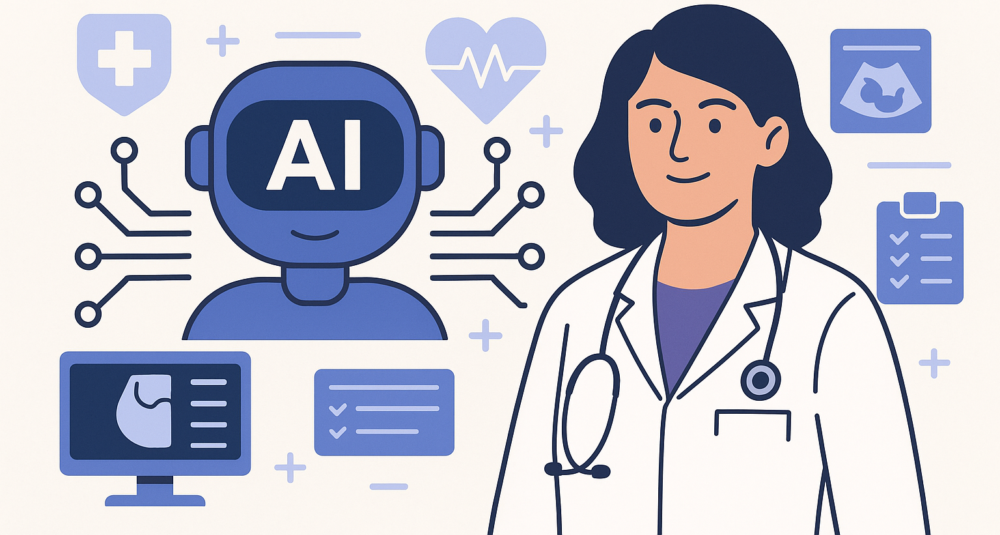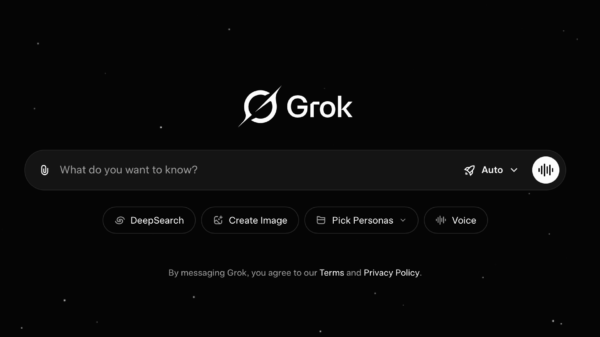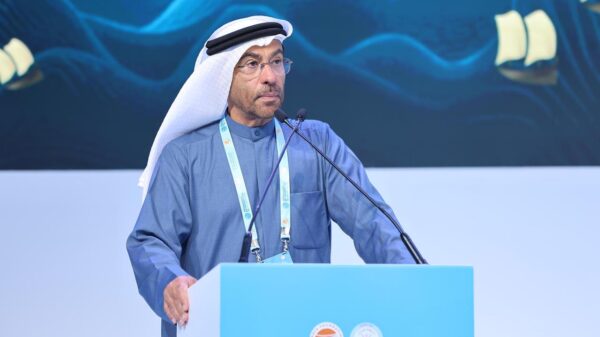Scientists from Northwestern University’s Feinberg School of Medicine have developed a tool using artificial intelligence (AI) that may be integral to the future of lung cancer screening and treatment.
A study published in the journal npj Precision Oncology investigated the potential of the new device.
The device is called iSeg, named for its ability to perform tumour segmentation either online or through mapping. Traditional tumour segmentation is a complex process that challenges doctors. It often requires multiple appointments, repeated scans, and long wait times. In one study, doctors needed 12 scans and spent seven hours manually mapping a tumour.
Additionally, the manual process can delay diagnosis and treatment. iSeg offers a faster, more efficient alternative. It reduces the need for repeated scans and minimizes time spent on segmentation.
Other artificial intelligence tools have been developed for cancer screenings. However, those tools rely on static images. In contrast, iSeg uses 3D imagery to provide a deeper understanding of the tumour. It also tracks how the tumour moves as a patient breathes, which is an important factor in treatment planning.
In addition, iSeg offers clearer mapping, which helps expose areas doctors may miss during manual segmentation. In the study, researchers trained the AI and then tested it with scans it had never seen. They asked iSeg to outline tumours on those scans.
When compared to physician-drawn outlines, iSeg matched the experts’ work. Furthermore, it flagged additional areas that doctors did not identify. Those missed areas were critical. They often correlated with more serious diagnoses and worse outcomes if left untreated.
Read more: Breath Diagnostics gives the public the chance to join the fight against cancer
Read more: Breath Diagnostics takes aim at lung cancer with One Breath
Goal is to provide doctors with better tools
Other experts say artificial intelligence technology plays a key role in treating lung cancer patients. It can save lives and also help close care gaps caused by socioeconomic factors. These gaps often lead to underdiagnosis in certain groups.
Pulmonologist Stephen Kuperberg, and David Christiani, Elkan Blout Professor of Environmental Genetics at Harvard T.H. Chan School of Public Health, explained this in a June commentary. They noted that cancer screening rates are lower among high-risk patients from Black and Latinx neighbourhoods.
Further, they emphasized that AI tools may improve access and accuracy for patients who are often overlooked.
“We’re one step closer to cancer treatments that are even more precise than any of us imagined just a decade ago,” said Dr. Mohamed Abazeed, senior author of the study, and chair and professor of radiation oncology at Northwestern University Feinberg School of Medicine.
“The goal of this technology is to give our doctors better tools.”
Several companies are using AI tools to help doctors improve patient care.
Breath Diagnostics uses its OneBreath technology to analyze volatile organic compounds in breath. This non-invasive test detects early disease markers quickly.
Additionally, PathAI applies AI to pathology slides, helping pathologists diagnose cancer more accurately and efficiently.
Furthermore, Aidoc uses AI to analyze medical images like CT scans, highlighting critical abnormalities for radiologists. These tools aim to speed up diagnoses and reduce errors. By combining AI with clinical data, these companies give doctors faster, more precise decision-making support to improve patient outcomes.
.
joseph@mugglehead.com













